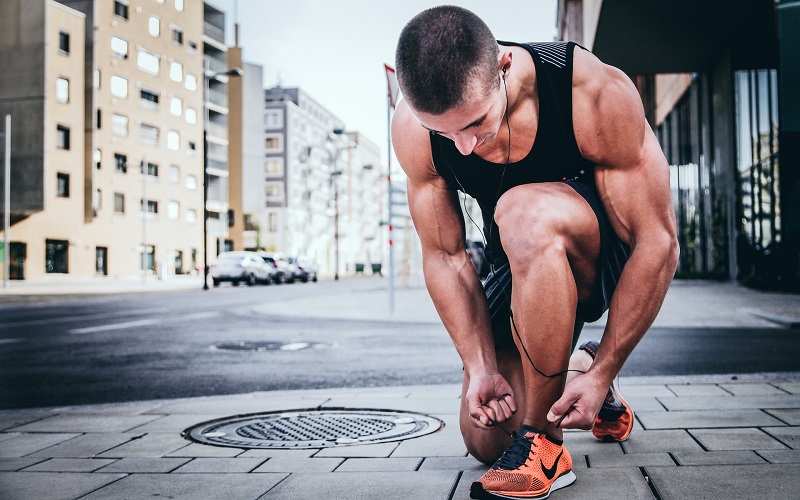Smart Tips for Runners to Protect Their Feet from Injury

No matter how good or cautious you are when running, you are bound to get injured from time to time. This, however, can be significantly reduced depending on external factors. If you know what you need to do to protect your feet, you will get much less injured. So, let’s go over some of the smartest ways of protecting your feet from injury.
-
Be Smart About Your Footwear
Footwear is an aspect of running that often gets neglected. People will just see the “Running Shoes” label and immediately buy it without a second thought. In reality, footwear is an aspect of running in which you absolutely cannot settle for just good. Studies have shown that bad footwear is among the leading causes of foot pain, and it also greatly impacts the likeliness of foot injuries overall. Just because one pair of shoes has a famous brand name does not make it the ideal choice for you. Adequate running shoes need to have the perfect length and width for your foot. If they are too small for your size, they can damage your toenails and start to cause discomfort. On the other hand, they can slide around the shoe while walking or running and cause friction if they are too loose. In that case, you have a good chance of developing foot ailments. In some cases, you can even get shin splints or a sprained ankle.
-
Always Stretch First
This is usually the tip people always see but ignore anyway. Stretching is a vital part of every exercise routine. This is all the more important for runners. It can be tempting sometimes to just get dressed and start running to get awake, but we must resist this temptation. The thing that you have to look out for regarding this is not focusing only on stretches that are related to the feet. Your entire body is connected, it is one huge, intertwined organism. You move your entire body while running, so you need every part to be ready and healthy for the journey ahead. All of your components need to be on the same level of intensity to support your body.
This is why you should do some basic stretches before every running session. For example:
- Practice cobra stretching to strengthen the back
- Stretch your shoulders to strengthen the upper body
- Calf stretches and knee to the chest are vital for your legs to be ready for the session
A bit later we will talk about what some specific stretches are good for.
-
Socks are More Important than You’d Think
Socks? Sounds like nitpicking at this point! It might seem that way but trust us, there is a reason for it. Socks that aren’t made from improper fabric for exercising and sweating can lead to blisters, foot straining, and bigger foot injuries.
Ideally, you want your socks to be lightweight, water-resistant (for all the sweat they will absorb), and thin enough to allow the feet to breathe. If they tick all of these criteria, the odds of getting blisters or other foot-related injuries go down significantly. Of course, picking out the best socks for you is harder than at first glance. The best thing you can do is buy a couple of different pairs and try them out during your running sessions. This way you can compare the feeling you get while wearing them. You will notice the difference and can easily tell what pair feels a lot smoother and more comfortable.
-
Know When to See a Podiatrist
At the first sign of irregular pain, you need to react. Don’t toss away the pain as just a passing phase, because if it is not one that you are used to, you need a professional to examine it. It happens far too often that people get injured and just ignore it, only to notice that the injury has developed after some time has passed and hasn’t been treated. So, if you feel a type of pain or strain that you aren’t used to, don’t forget about sports podiatry, and get a checkup at your local podiatrist.
-
Useful Stretches for Specific Injuries
Stretching for Toe Pain
It’s very common to get an injury on top of the big toe joint. If you don’t maintain the normal extension, you risk getting an injury. This is why the best way to avoid this from happening is with kneeling toe stretching. Do this stretch once or twice a week and you don’t have to worry about this injury occurring.
Stretching for Heel Pain
Heel pain is the most common injury to occur for runners. This injury occurs inside the arch close to the heel (most common with runners with flat feet). The best way to make sure you don’t get any heel pain or injuries is with the plantar fasciitis stretch. You just have to place your big toe against any curb and lean onto the stretch. Hold this for 30 seconds, and you are done.